Golf is one of the most elegant and strategic sports in the world. It is a precision game where players use different clubs to hit a small ball into a series of holes on a course in as few strokes as possible. But beyond just being a sport, golf is also a lifestyle — a symbol of patience, focus, and discipline.
What is Golf?
Golf is a game played on a large open-air course, consisting of 9 or 18 holes. Each hole begins at a teeing ground and ends at a putting green, where the hole is located. The main goal is simple — to complete the course using the fewest number of strokes. Golf is not a team sport; it focuses on individual skill, strategy, and mental strength.
Who Invented Golf?
The modern game of golf is widely believed to have been developed in Scotland during the 15th century. Though ball-and-stick games existed in ancient civilizations such as China and Rome, Scottish players shaped golf into the sport we know today. The first written record of golf dates back to 1457, when King James II of Scotland banned the game because it distracted soldiers from archery practice!
Which Country Started Golf?
Scotland is officially recognized as the birthplace of golf. The earliest golf courses, including the famous Old Course at St. Andrews, were built there. St. Andrews is still known as the “Home of Golf” — a place where every golfer dreams to play at least once in their lifetime.
In Which Countries is Golf Most Popular?
Today, golf is a global sport played by millions of people across continents. It is most popular in:
- United States – with thousands of golf courses and home to legendary players like Tiger Woods.
- United Kingdom & Scotland – for their historical and traditional courses.
- Japan – where golf is seen as a symbol of business and discipline.
- Canada, Australia, and South Korea – which have produced world-class golfers and host major international tournaments.
From the green fields of Scotland to the sunny courses of Florida and Tokyo, golf has become a global passion. Whether you are a beginner learning the basics or an expert refining your swing, the spirit of golf connects players worldwide through challenge, elegance, and respect.
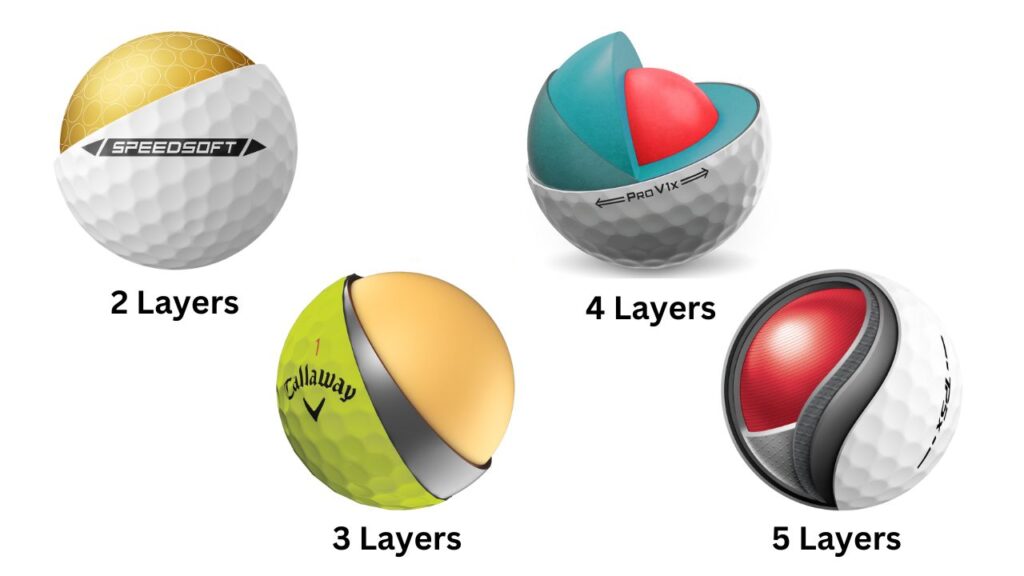
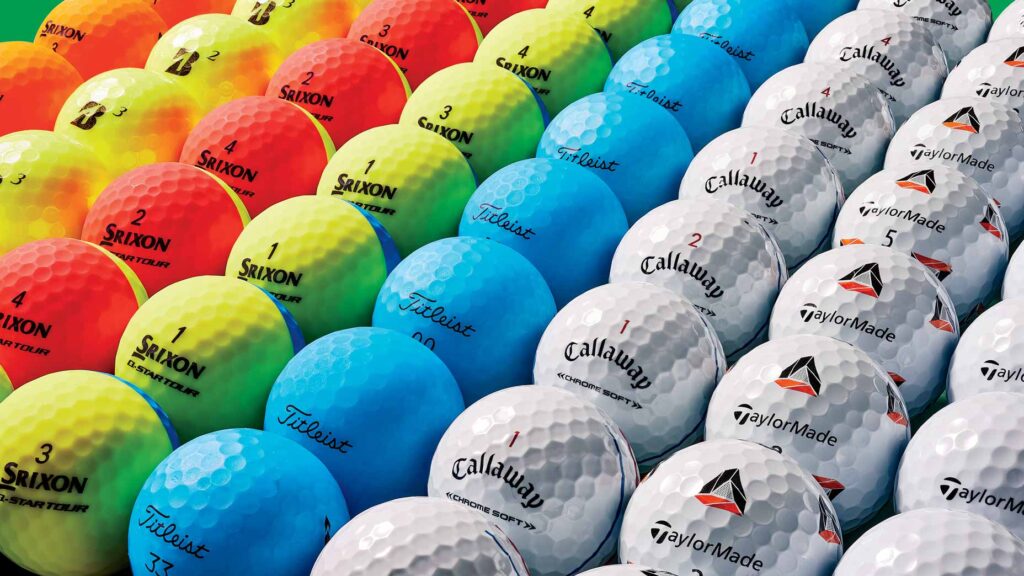
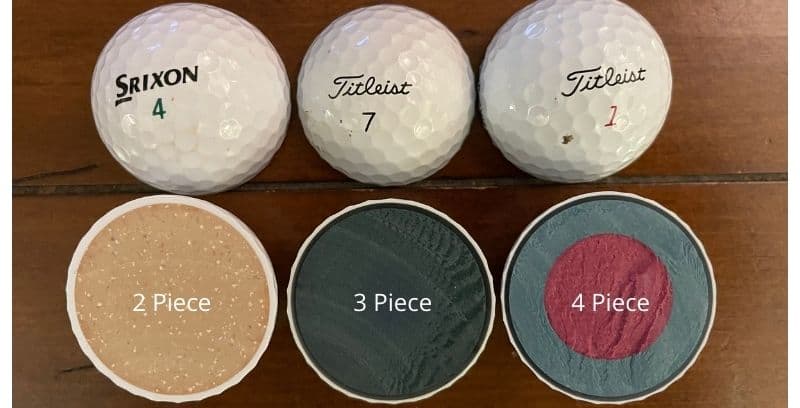
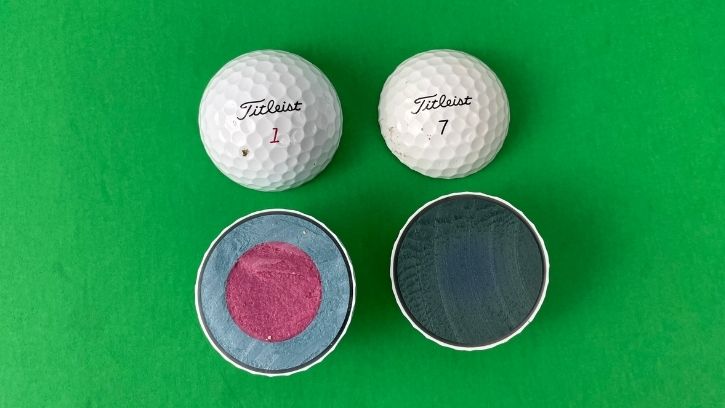
Here is a well-structured, SEO-optimized English content for your “Golf Balls” section. It includes an overview of different types of golf balls (with images) and key features. You can embed the images above next to the relevant parts.
🏌️♀️ Golf Balls: Types, Construction & Choosing the Right One
If you want your blog’s “Golf Balls” section to be SEO-rich and reader-friendly, here’s a comprehensive draft. It includes common keywords like golf balls, types of golf balls, multi-layer golf ball, two-piece golf ball, golf ball construction, golf ball spin, distance golf ball etc.
1. Why Golf Balls Matter
In the game of golf, choosing the right golf ball can have a dramatic impact on your shot distance, spin, and control. Golf balls are not “one size fits all” — their internal structure, number of layers, core, and cover all influence performance. Understanding the various types of golf balls helps golfers—from beginners to pros—choose a ball that matches their swing and style.
2. Basic Construction & Evolution
Before diving into each type, it’s good to know how golf balls have evolved:
- Wound Golf Balls vs Solid (Modern) Balls
Earlier golf balls were “wound” — they had rubber thread wound around a core and then covered in balata or similar materials. These balls provided excellent spin but had durability and distance limitations. Found Golf Balls+1
Modern golf balls are mostly solid core designs (e.g., two-piece, three-piece, multi-layer) which offer better durability and more predictable performance. Found Golf Balls+2Found Golf Balls+2 - Dimples & Aerodynamics
The dimples on a golf ball reduce drag and help produce lift, enabling the ball to fly farther. Without them, the ball would slow down too quickly. thegolfsquare.com - 3. Types of Golf Balls (By Number of Layers / Structure)
Golf balls are often categorized by their layer construction. Below are the main types:
Type
Layers / Structure
Target Player
Pros
Cons
One-Piece
Single molded resin / rubber
Driving ranges, beginners
Extremely durable, cheapest
Very limited distance, minimal performance
Two-Piece
Core + cover
Beginners, high handicap golfers
Maximizes distance, more forgiveness, lower cost
Less spin and feel around green
Two-Piece Low Compression / Performance
Core + mantle + cover (soft layers)
Slower swing speed players
Better control and softer feel with decent distance
Still limited spin compared to multi-layer
Three-Piece (Multi-Layer)
Core + mantle + inner layer + cover
Intermediate to better golfers
Balanced distance + spin + feel
Higher price, performance depends on swing speed
Four-Piece / Five-Piece (Multi-Layer)
Multiple internal layers + soft urethane cover
Advanced / Tour-level players
Max control, spin separation, optimized performance
Expensive, demands higher swing speed for full benefits
Let’s break these down further:
3.1 One-Piece Golf Balls
These are simple, solid constructions and rarely used in serious play. They’re mostly for driving ranges or practice. Found Golf Balls+1
3.2 Two-Piece Golf Balls
One of the most popular types for recreational players. The two-piece design offers a solid core (for energy transfer) and a cover (for durability). They usually have lower spin, which helps reduce hooks and slices for less experienced players. blog.njm.com+3acegolfballs.com+3Found Golf Balls+3
Examples: Bridgestone e6, Callaway SuperSoft, Srixon AD333, Titleist TruFeel acegolfballs.com - 3.3 Two-Piece Low Compression / Performance Balls
These are upgraded two-piece balls designed to offer a softer feel, lower compression, and better control while maintaining many of the distance advantages. Good for golfers with moderate swing speeds. thegolfsquare.com+2blog.njm.com+2
3.4 Three-Piece (Multi-Layer) Golf Balls
A three-layer structure adds complexity with a mantle or intermediate layer between core and cover. This design allows better optimization: the core delivers distance, the mantle helps spin/damping, and the urethane cover enhances feel and short-game spin. thegolfsquare.com+3acegolfballs.com+3Found Golf Balls+3
Examples: Titleist Pro V1, Srixon Z-Star, Bridgestone Tour B series acegolfballs.com+2Found Golf Balls+2
3.5 Four-Piece / Five-Piece (Advanced Multi-Layer)
These high-end balls have even more layers, each tuned to deliver specific traits (distance, trajectory, spin). The outer urethane cover aids greenside control, while inner layers manage spin and stability off the tee. thegolfsquare.com+3acegolfballs.com+3Found Golf Balls+3
Examples include: TaylorMade TP5 (5-piece), Callaway Chrome Soft X, etc. acegolfballs.com+1
4. Key Performance Factors & What to Look For
When choosing a golf ball, these performance metrics matter:
Compression: Measures how much the ball deforms under impact. Lower compression is better for slower swing speeds; high compression for fast swingers.
Spin (Driver / Iron / Wedge): Balls spin differently at various speeds and impact. Multi-layer designs allow more spin control.
Feel & Softness: The cover material (urethane, ionomer, etc.) determines soft or firm feel.
Durability: More layers / premium covers often cost more but may offer better durability in the long run.
Trajectory & Launch: Ball design can influence launch angle and how the ball climbs/falls.
Cost: Multi-layer, premium urethane balls cost significantly more than basic two-piece balls. - 5. Example Models & Brands (for Reference)
Titleist Pro V1 / Pro V1x — a flagship premium tour ball used by many professionals. Wikipedia+2acegolfballs.com+2
Bridgestone Tour B series — performance multi-layer models. acegolfballs.com+1
Callaway Chrome Soft / Chrome Soft X — premium soft / multi-layer performance balls. callawaygolf.com+1
Srixon Z-Star / Z-Star XV — known for balanced spin and control. acegolfballs.com+1
Basic distance / value balls — common among beginners and recreational players; often two-piece designs. acegolfballs.com+1
6. Tips for Your Blog (SEO + Reader Value)
Use alt text for images like “three-piece golf ball cutaway”, “multi-layer golf ball structure” etc.
Interlink to your earlier or later sections (e.g. Golf Clubs, How to Choose a Golf Ball) using anchor texts like “types of golf balls” or “golf ball performance”.
Use H2 / H3 headings for each type (as above) for SEO structure.
Include comparison tables or bullet lists for clarity.
Encourage users to test different balls — many performance gains come from matching ball to swing, not just brand. - ✅ SEO Keywords Used:
Golf, What is Golf, History of Golf, Who invented Golf, Golf Origin, Popular Golf Countries, Golf in Scotland, Modern Golf, Golf History Facts, Golf Beginners Guide.
| Image | Product | Features | Price |
|
Our Pick
1
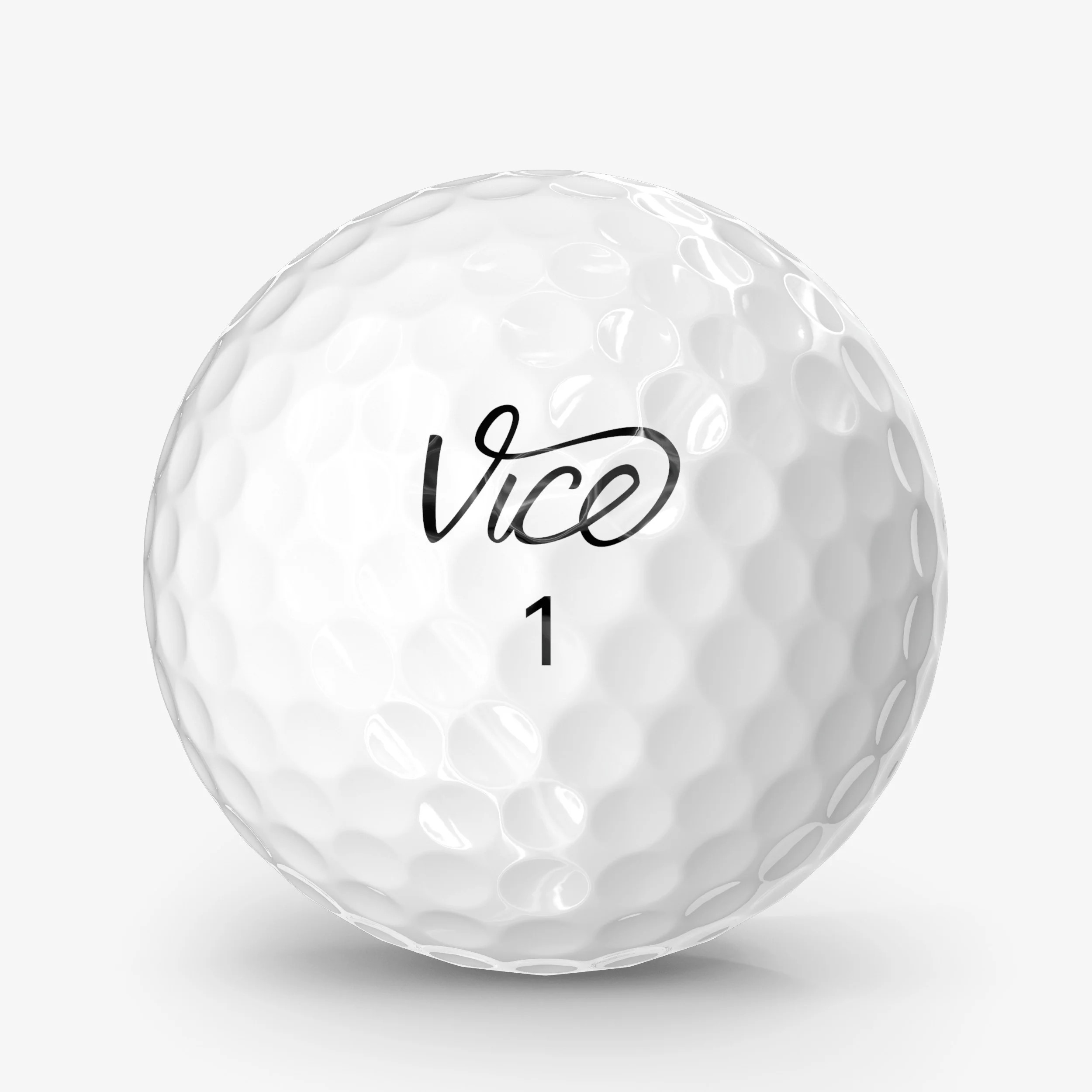 |
Vice Pro Golf Balls – 12 Pack (Premium Tour Performance) |
💡 Product Features: |
| Image | Product | Features | Price |
|
Our Pick
1
 |
Product Name |
Product Features |

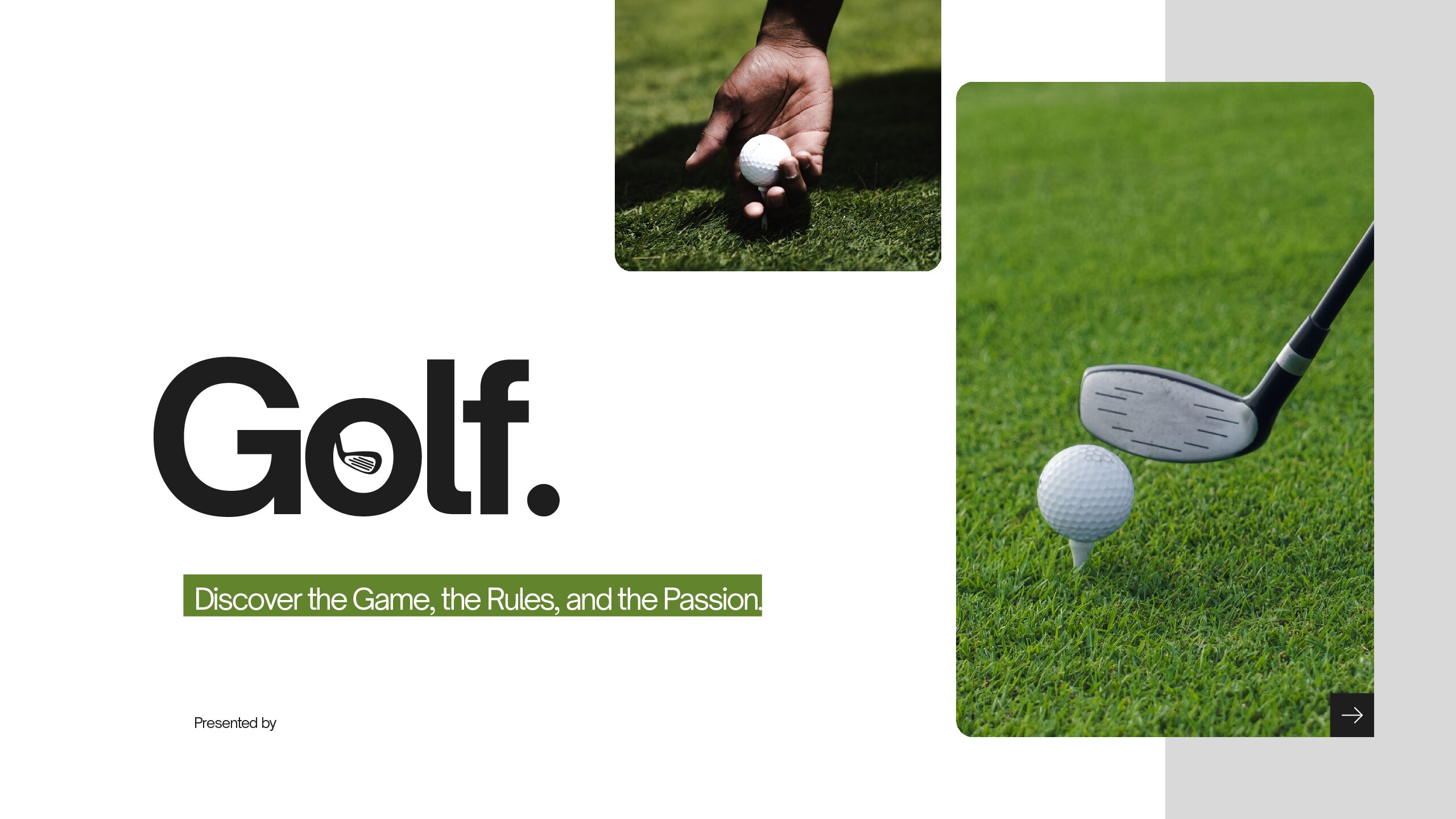
Leave a Reply